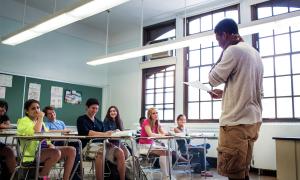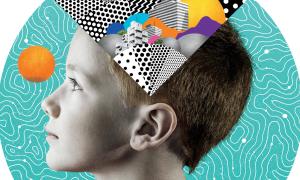article
How To End Food Fights? Ask the Students
It happened again today. I was standing in the cafeteria when I heard the dreaded sound of yelling, chairs scraping the floor and students scurrying for cover coming from the other side of the room. Food fight. Ugh. I rushed over to find french fries, ketchup and peaches everywhere and students complaining about another destroyed lunch.

